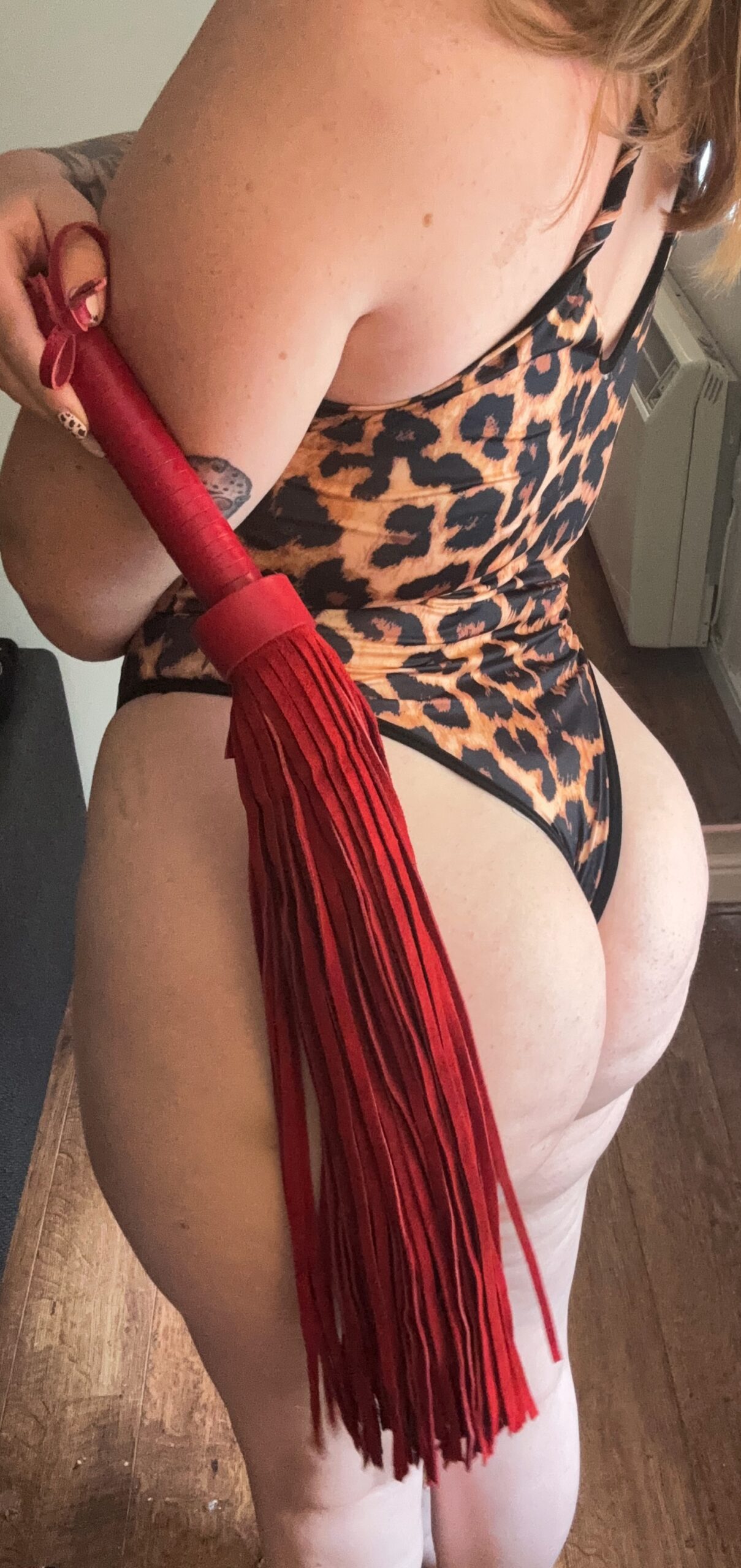Understanding Bisexual and Pansexual Identities
Understanding bisexuality and pansexuality is crucial for navigating the complexities of modern dating. These identities represent diverse expressions of attraction, challenging traditional binary notions of sexual orientation. Exploring their nuanced meanings allows for more inclusive and respectful interactions within the LGBTQ+ community and beyond.
Defining Bisexuality
Bisexuality refers to romantic and/or sexual attraction to two or more genders. It’s important to remember that bisexuality is not simply a “phase” or a stepping stone to being gay or straight. It’s a valid and genuine sexual orientation experienced by individuals who are attracted to multiple genders.
Bisexual people may experience attraction in varying intensities to different genders, and their attractions can evolve over time. Some bisexual individuals may feel equally attracted to all genders, while others might have stronger attractions to certain genders. The spectrum of bisexuality is vast and personal.
Defining Pansexuality
Pansexuality encompasses romantic and/or sexual attraction to people regardless of their gender identity or expression. Unlike bisexuality, which typically refers to attraction to two genders, pansexuality extends this inclusivity to all genders, including those outside the traditional male-female binary.
For pansexual individuals, gender is not a defining factor in attraction. They may be attracted to people who identify as male, female, non-binary, transgender, or any other gender identity. Pansexuality celebrates fluidity and acknowledges that attraction can transcend rigid gender categories.

Spectrum vs. Identity
Understanding the nuances of bisexuality and pansexuality is essential for fostering inclusivity and respect in modern dating. Both identities challenge the traditional binary view of sexual orientation, encompassing a spectrum of attractions beyond male-female.
Bisexuality refers to attraction to two or more genders. It’s important to recognize that bisexuality is not a phase or a temporary state; it’s a valid and genuine sexual orientation. Bisexual individuals may experience varying intensities of attraction to different genders, and these attractions can evolve over time.
Pansexuality, on the other hand, encompasses attraction to people regardless of their gender identity or expression. Gender is not a determining factor in pansexual attraction; it extends to all genders, including those beyond the traditional male-female binary. Pansexuality emphasizes fluidity and celebrates attraction that transcends rigid gender categories.
Dating Experiences of Bi and Pan Individuals
Navigating the world of dating can be complex, especially when exploring identities beyond the traditional binary. Bisexuality and pansexuality are two such identities that challenge conventional notions of sexual orientation, offering diverse expressions of attraction and adding important layers to the modern dating landscape.
Navigating Assumptions and Misconceptions
Understanding bisexuality and pansexuality is crucial for navigating the complexities of modern dating. These identities represent diverse expressions of attraction, challenging traditional binary notions of sexual orientation. Exploring their nuanced meanings allows for more inclusive and respectful interactions within the LGBTQ+ community and beyond.
Bisexuality refers to romantic and/or sexual attraction to two or more genders. It’s important to remember that bisexuality is not simply a “phase” or a stepping stone to being gay or straight. It’s a valid and genuine sexual orientation experienced by individuals who are attracted to multiple genders.
Bisexual people may experience attraction in varying intensities to different genders, and their attractions can evolve over time. Some bisexual individuals may feel equally attracted to all genders, while others might have stronger attractions to certain genders. The spectrum of bisexuality is vast and personal.
Pansexuality encompasses romantic and/or sexual attraction to people regardless of their gender identity or expression. Unlike bisexuality, which typically refers to attraction to two genders, pansexuality extends this inclusivity to all genders, including those outside the traditional male-female binary.
For pansexual individuals, gender is not a defining factor in attraction. They may be attracted to people who identify as male, female, non-binary, transgender, or any other gender identity. Pansexuality celebrates fluidity and acknowledges that attraction can transcend rigid gender categories.
Navigating dating as a bisexual or pansexual individual can present unique challenges due to societal misconceptions and stereotypes. One common assumption is that bisexual people are “confused” or will eventually choose one gender as their primary attraction. This binary view ignores the reality of fluid and multifaceted attractions experienced by many.
Another misconception is that pansexuality implies a lack of interest in traditional genders, which is inaccurate. Pansexual individuals can be attracted to people of all genders, including those who identify within the male-female binary. The key difference lies in prioritizing attraction over gender as a defining factor.
Open communication and education are essential for combating these misconceptions. Encouraging honest conversations about experiences and challenging stereotypes can foster greater understanding and acceptance within dating circles.
Communication and Honesty in Dating
Dating as a bisexual or pansexual individual can present unique challenges due to societal misconceptions and stereotypes. One common assumption is that bisexual people are “confused” or will eventually choose one gender as their primary attraction. This binary view ignores the reality of fluid and multifaceted attractions experienced by many.

- Another misconception is that pansexuality implies a lack of interest in traditional genders, which is inaccurate. Pansexual individuals can be attracted to people of all genders, including those who identify within the male-female binary. The key difference lies in prioritizing attraction over gender as a defining factor.
- Open communication and education are essential for combating these misconceptions. Encouraging honest conversations about experiences and challenging stereotypes can foster greater understanding and acceptance within dating circles.
Honesty is paramount when navigating dating as a bisexual or pansexual individual. Clearly communicating one’s attractions and expectations upfront can save time and heartache in the long run. It allows potential partners to understand your identity and determine if they are compatible with it.
Being open about your experiences and feelings can also help you find someone who is genuinely accepting and supportive of your identity.
Finding Compatible Partners
Understanding bisexuality and pansexuality is crucial for navigating the complexities of modern dating. These identities represent diverse expressions of attraction, challenging traditional binary notions of sexual orientation. Exploring their nuanced meanings allows for more inclusive and respectful interactions within the LGBTQ+ community and beyond.
Bisexuality refers to romantic and/or sexual attraction to two or more genders. It’s important to remember that bisexuality is not simply a “phase” or a stepping stone to being gay or straight. It’s a valid and genuine sexual orientation experienced by individuals who are attracted to multiple genders.
Bisexual people may experience attraction in varying intensities to different genders, and their attractions can evolve over time. Some bisexual individuals may feel equally attracted to all genders, while others might have stronger attractions to certain genders. The spectrum of bisexuality is vast and personal.
Pansexuality encompasses romantic and/or sexual attraction to people regardless of their gender identity or expression. Unlike bisexuality, which typically refers to attraction to two genders, pansexuality extends this inclusivity to all genders, including those outside the traditional male-female binary.
For pansexual individuals, gender is not a defining factor in attraction. They may be attracted to people who identify as male, female, non-binary, transgender, or any other gender identity. Pansexuality celebrates fluidity and acknowledges that attraction can transcend rigid gender categories.
Navigating dating as a bisexual or pansexual individual can present unique challenges due to societal misconceptions and stereotypes. One common assumption is that bisexual people are “confused” or will eventually choose one gender as their primary attraction. This binary view ignores the reality of fluid and multifaceted attractions experienced by many.
- Another misconception is that pansexuality implies a lack of interest in traditional genders, which is inaccurate. Pansexual individuals can be attracted to people of all genders, including those who identify within the male-female binary. The key difference lies in prioritizing attraction over gender as a defining factor.
- Open communication and education are essential for combating these misconceptions. Encouraging honest conversations about experiences and challenging stereotypes can foster greater understanding and acceptance within dating circles.
Honesty is paramount when navigating dating as a bisexual or pansexual individual. Clearly communicating one’s attractions and expectations upfront can save time and heartache in the long run. It allows potential partners to understand your identity and determine if they are compatible with it.
Being open about your experiences and feelings can also help you find someone who is genuinely accepting and supportive of your identity.
Challenges and Stigma
Exploring the nuances of bisexuality and pansexuality in modern dating requires an understanding of their complexities and the challenges they present. These identities, though diverse in expression, challenge traditional binary notions of sexual orientation, leading to misunderstandings and stigma within dating circles.
Internalized Biphobia/Panphobia
Challenges and stigma can significantly impact individuals who identify as bisexual or pansexual while navigating the world of dating. Internalized biphobia and panphobia, a form of self-hatred stemming from societal prejudices, can further complicate matters.
Internalized biphobia manifests as negative beliefs and feelings about one’s own bisexuality, often leading individuals to suppress or deny their attractions due to fear of rejection or discrimination. Similarly, internalized panphobia involves self-doubt and negativity surrounding pansexuality, causing individuals to question the validity of their feelings and identities.
These internalized prejudices can create a sense of isolation and shame, making it harder for bisexual and pansexual people to connect with others authentically. It can also lead to relationship difficulties as individuals struggle to reconcile their true selves with societal expectations or fear of coming out.
Combating these internalized struggles requires self-acceptance, education, and support from a wider community. Engaging with affirming spaces, connecting with other bisexual and pansexual people, and challenging negative self-perceptions are crucial steps in overcoming internalized biphobia and panphobia.
Understanding that bisexuality and pansexuality are valid and diverse expressions of sexual orientation is essential for creating a more inclusive and accepting dating environment. By embracing these identities and challenging harmful stereotypes, we can foster greater understanding and support for all individuals on their unique journeys of self-discovery.
Heteronormative Pressure
Exploring the nuances of bisexuality and pansexuality in modern dating requires an understanding of their complexities and the challenges they present. These identities, though diverse in expression, challenge traditional binary notions of sexual orientation, leading to misunderstandings and stigma within dating circles.
Challenges and stigma can significantly impact individuals who identify as bisexual or pansexual while navigating the world of dating. Internalized biphobia and panphobia, a form of self-hatred stemming from societal prejudices, can further complicate matters.
Internalized biphobia manifests as negative beliefs and feelings about one’s own bisexuality, often leading individuals to suppress or deny their attractions due to fear of rejection or discrimination. Similarly, internalized panphobia involves self-doubt and negativity surrounding pansexuality, causing individuals to question the validity of their feelings and identities.
These internalized prejudices can create a sense of isolation and shame, making it harder for bisexual and pansexual people to connect with others authentically. It can also lead to relationship difficulties as individuals struggle to reconcile their true selves with societal expectations or fear of coming out.
Combating these internalized struggles requires self-acceptance, education, and support from a wider community. Engaging with affirming spaces, connecting with other bisexual and pansexual people, and challenging negative self-perceptions are crucial steps in overcoming internalized biphobia and panphobia.
Understanding that bisexuality and pansexuality are valid and diverse expressions of sexual orientation is essential for creating a more inclusive and accepting dating environment. By embracing these identities and challenging harmful stereotypes, we can foster greater understanding and support for all individuals on their unique journeys of self-discovery.
Lack of Representation in Media and Society
One of the biggest challenges faced by bisexual and pansexual individuals in dating is the prevalence of stigma and misinformation surrounding their identities. This stigma often manifests as societal expectations that limit or invalidate these experiences, leading to internalized biphobia and panphobia, where individuals doubt their own attractions.
A lack of representation in media and popular culture further perpetuates these misconceptions. The limited and often stereotypical portrayals of bisexual and pansexual characters contribute to a lack of understanding and can reinforce harmful biases. This absence of authentic representation can make it difficult for individuals to feel seen and validated, especially when navigating the complexities of dating.
Another hurdle is the pressure to conform to binary categories within dating apps and platforms. Many dating apps prioritize rigid gender options, failing to adequately accommodate the diverse range of identities within the LGBTQ+ community. This can create a sense of exclusion for bisexual and pansexual individuals who may not feel comfortable or accurately represented by these limited choices.
Building Inclusive and Supportive Spaces

Exploring the nuances of bisexuality and pansexuality in modern dating requires understanding their complexities and the challenges they present. These identities, though diverse in expression, challenge traditional binary notions of sexual orientation, leading to misunderstandings and stigma within dating circles.
Challenges and stigma can significantly impact individuals who identify as bisexual or pansexual while navigating the world of dating. Internalized biphobia and panphobia, a form of self-hatred stemming from societal prejudices, can further complicate matters.
Internalized biphobia manifests as negative beliefs and feelings about one’s own bisexuality, often leading individuals to suppress or deny their attractions due to fear of rejection or discrimination. Similarly, internalized panphobia involves self-doubt and negativity surrounding pansexuality, causing individuals to question the validity of their feelings and identities.
These internalized prejudices can create a sense of isolation and shame, making it harder for bisexual and pansexual people to connect with others authentically. It can also lead to relationship difficulties as individuals struggle to reconcile their true selves with societal expectations or fear of coming out.
Education and Awareness Raising
Creating inclusive and supportive spaces is essential for fostering respect and understanding within the LGBTQ+ community and beyond. This involves several key elements:
* **Education and Awareness Raising:** Providing accurate information about diverse sexual orientations and gender identities is crucial for dismantling harmful stereotypes and misconceptions. Workshops, seminars, and public awareness campaigns can help educate individuals about bisexuality, pansexuality, and other identities, promoting empathy and acceptance.
* **Representation and Visibility:** Increasing the representation of bisexual and pansexual individuals in media, literature, and popular culture helps normalize their experiences and challenges the heteronormative bias that often pervades society. Seeing oneself reflected in diverse forms of media can be incredibly empowering for individuals who may feel unseen or misunderstood.
* **Safe and Affirming Environments:** Creating spaces where individuals feel safe to express themselves authentically, without fear of judgment or discrimination, is paramount. This includes physical spaces like LGBTQ+ centers, community events, and online platforms. Supportive communities provide a sense of belonging and connection, allowing individuals to build meaningful relationships.
* **Challenging Internalized Biphobia and Panphobia:** Recognizing that internalized biphobia and panphobia can contribute significantly to feelings of shame and isolation is crucial. Providing resources and support groups for bisexual and pansexual individuals can help them process their experiences, challenge negative self-perceptions, and cultivate self-acceptance.
By actively working to create inclusive and supportive spaces, we can foster a society where all individuals feel valued, respected, and empowered to express their true identities without fear or prejudice.
Creating Safe Spaces for Expression
Building inclusive and supportive spaces is essential for fostering respect and understanding within the LGBTQ+ community and beyond. This involves several key elements:
- **Education and Awareness Raising:** Providing accurate information about diverse sexual orientations and gender identities is crucial for dismantling harmful stereotypes and misconceptions. Workshops, seminars, and public awareness campaigns can help educate individuals about bisexuality, pansexuality, and other identities, promoting empathy and acceptance.
- **Representation and Visibility:** Increasing the representation of bisexual and pansexual individuals in media, literature, and popular culture helps normalize their experiences and challenges the heteronormative bias that often pervades society. Seeing oneself reflected in diverse forms of media can be incredibly empowering for individuals who may feel unseen or misunderstood.
- **Safe and Affirming Environments:** Creating spaces where individuals feel safe to express themselves authentically, without fear of judgment or discrimination, is paramount. This includes physical spaces like LGBTQ+ centers, community events, and online platforms. Supportive communities provide a sense of belonging and connection, allowing individuals to build meaningful relationships.
- **Challenging Internalized Biphobia and Panphobia:** Recognizing that internalized biphobia and panphobia can contribute significantly to feelings of shame and isolation is crucial. Providing resources and support groups for bisexual and pansexual individuals can help them process their experiences, challenge negative self-perceptions, and cultivate self-acceptance.
By actively working to create inclusive and supportive spaces, we can foster a society where all individuals feel valued, respected, and empowered to express their true identities without fear or prejudice.
Advocacy and Activism**
cock sleeve
The Fine Nanny
Ryan Richman Hair
